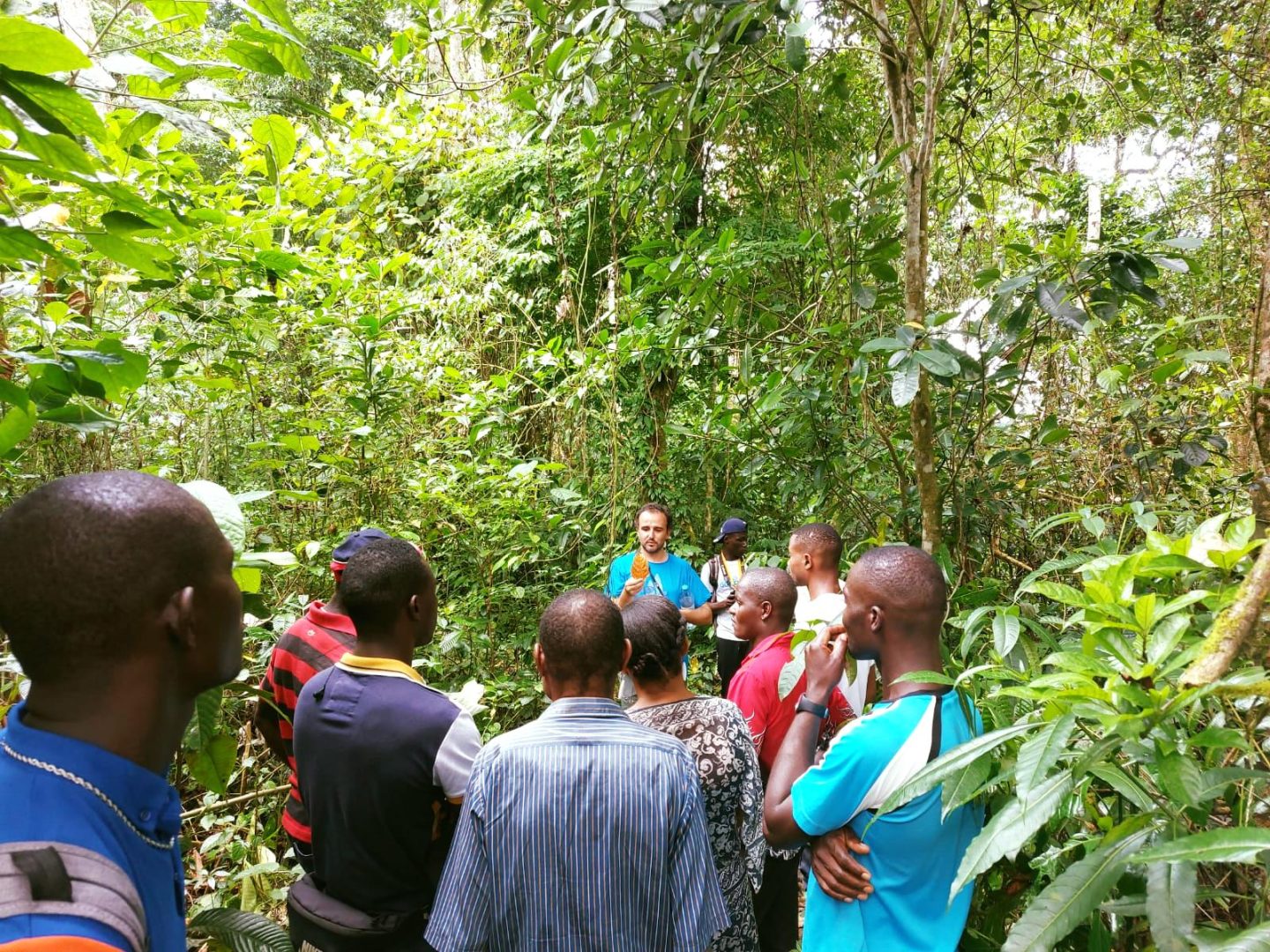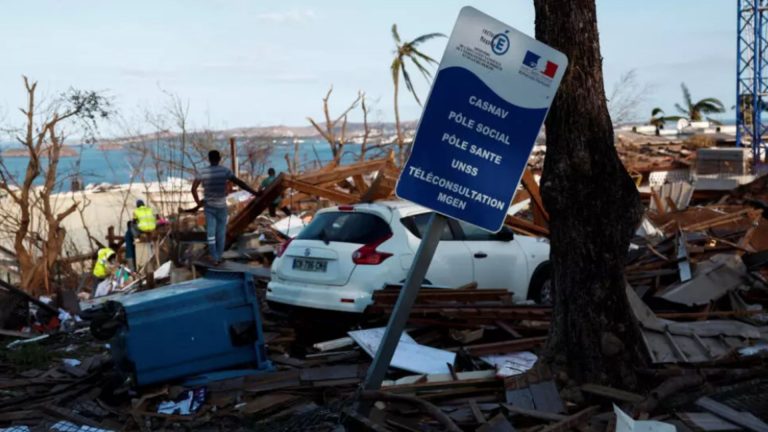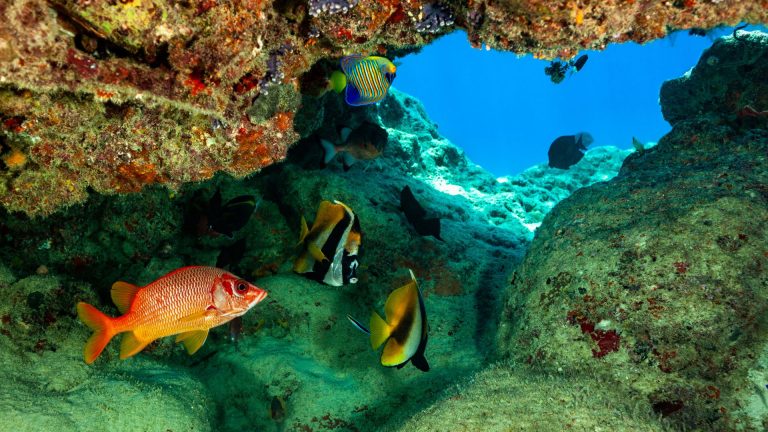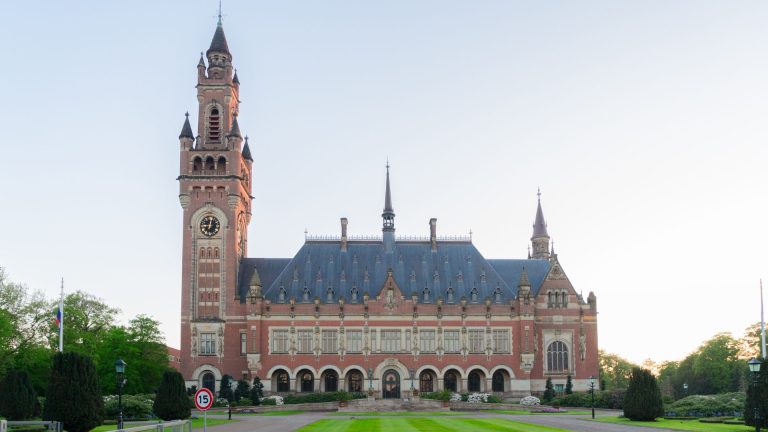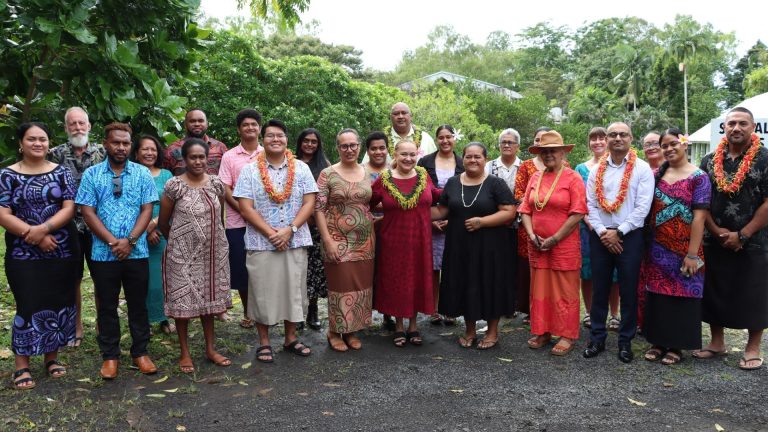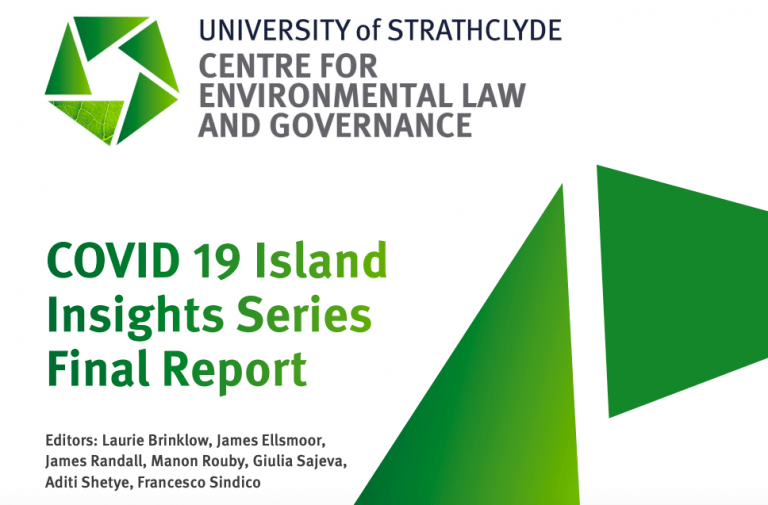Photo courtesy: Vânia Trovoada. Retrieved from birdlife.org
Excerpt from birdlife.org
On the distant horizon, one can hear the breeze whispering through the trees as the branches sway in a graceful dance. The breeze is punctuated by the flutelike pitch of a thrush calling out in periodic intervals. Against this euphony, a group of men make its way on a winding path, stopping at intervals to scan the thick bushes with high-powered binoculars.
Dressed in baggy grey khakis and a short-sleeved brown shirt, Gabriel Cabinda leads the team of researchers slowly along the path. “Today, we are on the lookout for the elusive Sao Tome Ibis”, explains Cabinda.
Often described as the Galapagos of Africa, the islands of São Tomé and Príncipe (STP) off the coast of Central Africa are home remarkable high number of endemic species of fauna and flora, making this archipelago extremely important for biodiversity conservation in the Gulf of Guinea.
Almost one-third of the islands are made of protected areas (PAs), and over 12,000 hectares consist of the newly created Special Reserves (SRs), that encompass forests, savannahs, and a mangrove. Within these islands other than the endemic seven mammals, eight amphibians, 17 reptiles and hundreds of plants, there are 28 endemic bird species, some of which are critically endangered of extinction, like the Sao Tome Green Pigeon (Treron sanctithomae).

